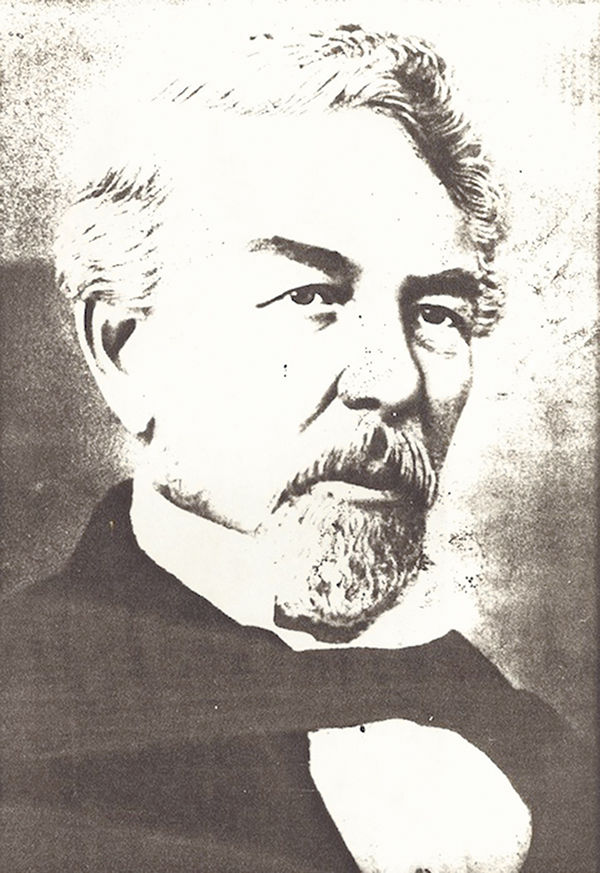In 1845, while serving as the French Consul to Hawaii, Jules Dudoit (1803-1866) purchased a lease to government lands on Kauai that extended from the eastern side of Hanalei Valley to Kalihiwai Valley. These lands had previously been leased by
In 1845, while serving as the French Consul to Hawaii, Jules Dudoit (1803-1866) purchased a lease to government lands on Kauai that extended from the eastern side of Hanalei Valley to Kalihiwai Valley.
These lands had previously been leased by Kauai Governor Kaikioewa to the British Consul for Hawaii, Richard Charlton, who established the first cattle ranch on Kauai upon them.
Three years later, in 1848, when Dudoit retired from his consulship, he moved from Honolulu to Kauai to personally manage his ranch lands, and resided with his family at Lanihuli, the John Kellett house located on the bluff overlooking the mouth of the Hanalei River.
Kellett, an Englishman, served at that time as the pilot of the Port of Hanalei and the health officer, customs collector and postmaster for Hanalei, and with his wife, Kaui Kawekau, provisioned ships and rented rooms in one wing of Lanihuli.
Dudoit managed a herd of 1,800 head of cattle on his ranch, from which he produced fresh beef, butter and packed salt beef for visiting whale ships and for export to Honolulu aboard his brigantine “John Dunlap.”
Following an initial purchase of 450 government sheep in 1851, Dudoit also raised those critters on his ranch.
Later, he purchased a land grant to the Namahana lands in the Koolau District east of Kalihiwai Bay from Kamehameha III for $603, moved there with his family, and engaged in dairy farming.
Of special note was the rich, delicious milk yielded from his dairy cows.
He sold his Kauai property in 1862 and moved to Honolulu, where he was murdered in 1866 by his Chinese cook while he slept in his bed, apparently because he’d docked the cook’s pay for breaking some crockery.
Jules Dudoit and his wife, Anna, were the parents of five children: Maude, Adele, Blanche, Charles, and Jules.


